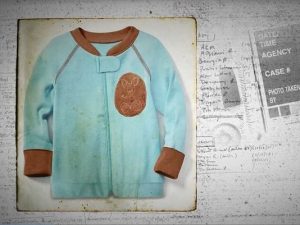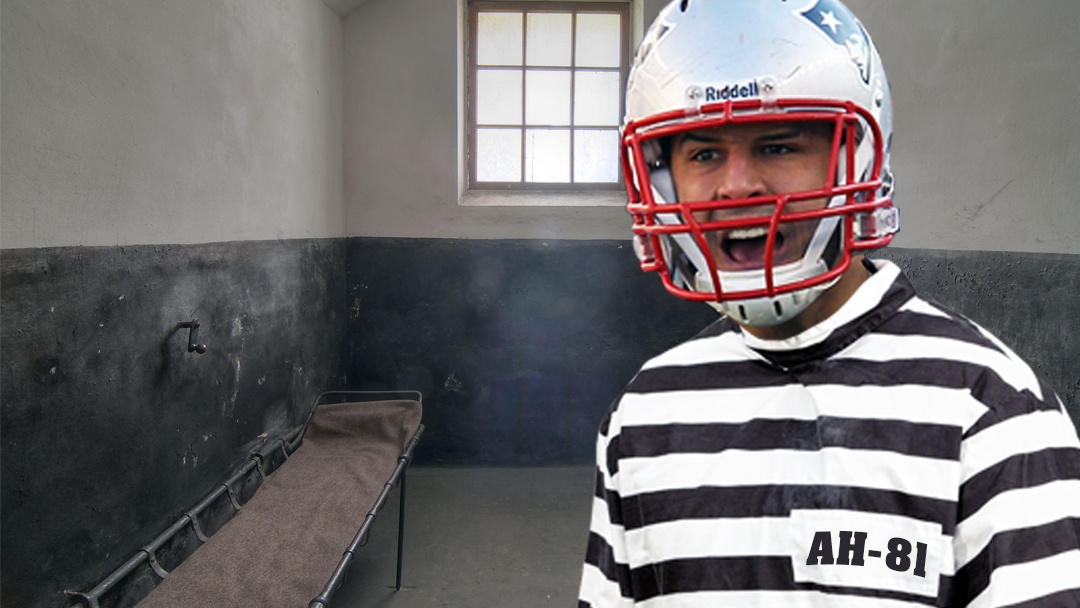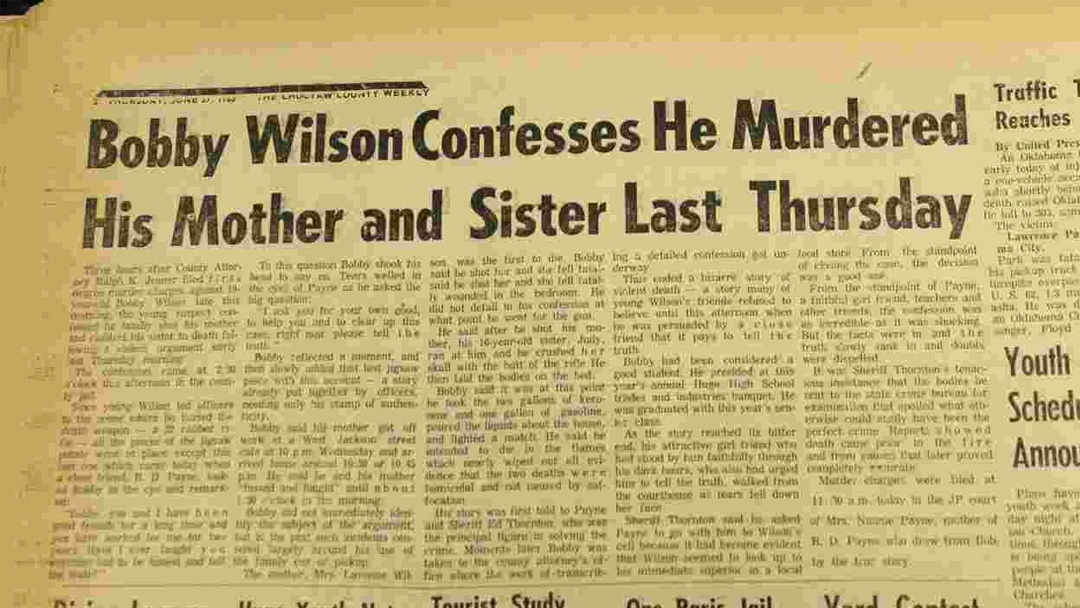Back in the day, the remains of a child, three to five years old, had been found in a basement trunk in the town of Greece, New York. But no clue of who he was.
From the website of a local television station:
 “More than four decades after the remains of a little boy were discovered, the National Center for Missing and Exploited Children hopes new technology could unlock his story.
“More than four decades after the remains of a little boy were discovered, the National Center for Missing and Exploited Children hopes new technology could unlock his story.
The child’s body was found in early March 1976. His tiny remains were in a blue metal storage trunk, in the basement of an apartment complex in Greece, New York, just outside Rochester.
Until recently, even the gender of the child was undetermined.”
 The article goes on to describe the technology, “isotope testing,” which we’ve discussed elsewhere at Mind Over Mystery. In simplest terms, surviving body materials may reveal elemental clues that help reconstruct histories of where those tissues have been, geographically. This little fellow had probably started life in the western United States, the science suggested.
The article goes on to describe the technology, “isotope testing,” which we’ve discussed elsewhere at Mind Over Mystery. In simplest terms, surviving body materials may reveal elemental clues that help reconstruct histories of where those tissues have been, geographically. This little fellow had probably started life in the western United States, the science suggested.
Examination of the skull showed anomalies, leading to speculation that the child had disabilities, and was perhaps unable to walk. Surviving clothing seemed to include diapers, beyond the age of usual use.
Did this child’s special problems lead to someone simply throwing him away, like a broken toy? Or was his demise a horrible, unreported accident?
 There must have been extended family and friends, which begs the question: how could no one have missed this child, and reported the disappearance? Or was this from a day when no national data-base existed to match remains found in the state of New York to a disappearance thousands of miles away?
There must have been extended family and friends, which begs the question: how could no one have missed this child, and reported the disappearance? Or was this from a day when no national data-base existed to match remains found in the state of New York to a disappearance thousands of miles away?
And to look at the artist’s reconstruction is to ask: how could anyone have thrown this precious child away? How could anyone throw any child away?












